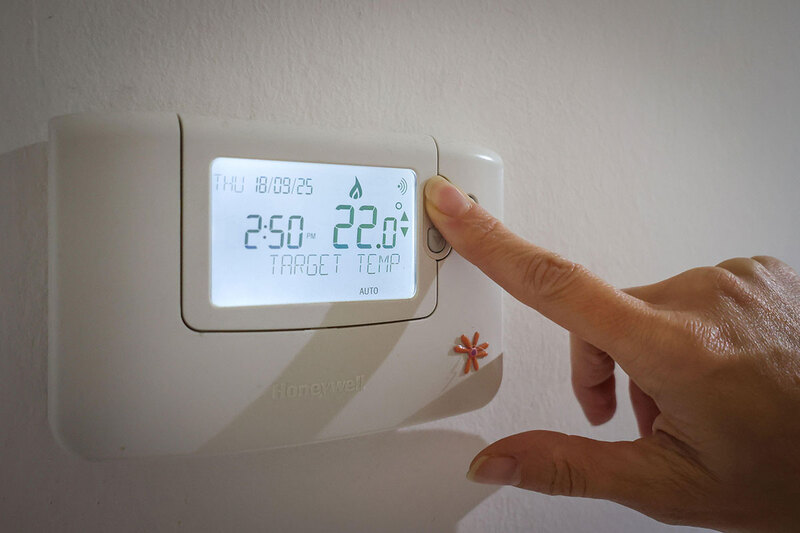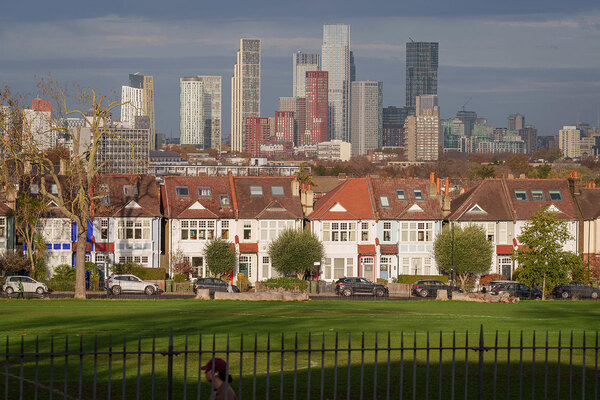EPC changes put social housing retrofit plans at risk, trade bodies warn
Moving to a new Energy Performance Certificate (EPC) rating system risks jeopardising social landlords’ retrofit ambitions, sector bodies have warned.
The Chartered Institute of Housing (CIH) said that moving away from the old EPC framework while expecting all social homes to meet minimum energy efficiency standards by 1 April 2030 could damage housing associations’ retrofit and housebuilding capacity.
The British Property Federation (BPF), which represents developers, went further, saying it was not realistic to expect all social homes to meet EPC C in five years. It called for a longer lead time for the sector to prepare.
The government is proposing that all social homes must meet minimum energy efficiency standards equivalent to EPC C by 1 April 2030. However, it is also changing the metrics by which EPCs are measured.
From the second half of 2026, the ratings will be based on four metrics – fabric performance, heating systems, smart technology readiness and energy cost – rather than just energy cost, as they are currently.
The social housing sector has been working towards EPC C by 2030 for several years. According to the Sustainability Reporting Standard for Social Housing, across 1.9 million social homes, more than 75.6% achieved EPC C or better.
However, the CIH said, “the present proposals withdraw this goal and replace it with a target that is not only different but is at least partially unknown”.
“Moving away from the old EPC framework could jeopardise the ability of housing associations to meet their EPC-based targets, putting them at risk of exposure to higher borrowing rates that could negatively impact their retrofit and housebuilding capacity,” it added.
The CIH called for the current EPC C by 2030 target to be retained or for the new minimum standards to be based solely on fabric standards, with a transition period and exemptions.
Rob Wall, assistant director of sustainability at the BPF, said the government has “put the cart before the horse” by consulting on these standards before “setting out its stall on what the new EPC looks like”.
He continued: “Until you know what level of performance you’re going to need to hit to meet the new standards, it’s really impossible to provide any substantive response to the questions in the consultation.”
Under the government’s proposals, social homes that achieve an EPC C under the current definition by April 2028 will be considered compliant until their certificate expires, after which they would need to comply with the new standards.
Mr Wall added that it was also a challenge to hit the 2030 target because of a lack of skills in the retrofit supply chain, from EPC assessors to retrofit engineers, and the “huge challenges” facing social landlords to improve building safety and develop new homes.
The government is also proposing that all new private rented tenancies must achieve EPC C by 2028 and all private rented homes must achieve it by 2030. “There’s going to be competition” between the social and private sectors for retrofit resources, Mr Wall said.
Officials are proposing a cost cap of £10,000 per home to ensure social landlords are not forced to spend excessive amounts of money on retrofits, but Mr Wall said “it feels unfair that those landlords who have already spent money on improving their buildings can’t take that into account within the cost cap”.
Officials have also proposed exemptions if social tenants refuse permission for their home to be retrofitted, but “relying on exemption isn’t ideal”, Mr Wall added.
Tracy Harrison, chief executive of the Northern Housing Consortium, said confirmation of the new EPC assessment criteria is “needed as soon as possible” to allow landlords to plan their work programmes.
“A fabric performance metric by 2030 is the only practical option that reflects the reality of the existing supply chain and can be implemented within current business plans,” she added.
“It will provide firm foundations to bring in additional heating system and smart readiness metrics later. Our engagement with social housing providers suggested the cost associated with these other metrics would increase the number of homes which are likely to be exempt, and supply chain issues could hamper roll-out.”
The government has not yet responded to its consultation, but more clarity could be set out alongside its Warm Homes Plan, which is expected to be published in October.
A government spokesperson said: “Everyone deserves to live in a warm, comfortable home.
“That’s why we recently consulted on improving energy standards in the social rented sector and will respond by the end of the year.
“We also know providers need strong foundations to build the biggest increase in social and affordable housebuilding in a generation, and is why we have invested £39 billion in the Social and Affordable Homes Programme.”
Earlier this month, Inside Housing revealed that an £800m government scheme to decarbonise social homes has underperformed, with fewer than a third of targeted retrofits completed.
Wave 2.1 of the Social Housing Decarbonisation Fund, which was launched in September 2022, aimed to fit 94,096 social homes in England with green upgrades. But as of June, just 25,009 homes – or 27% of the original target – had been successfully retrofitted.



